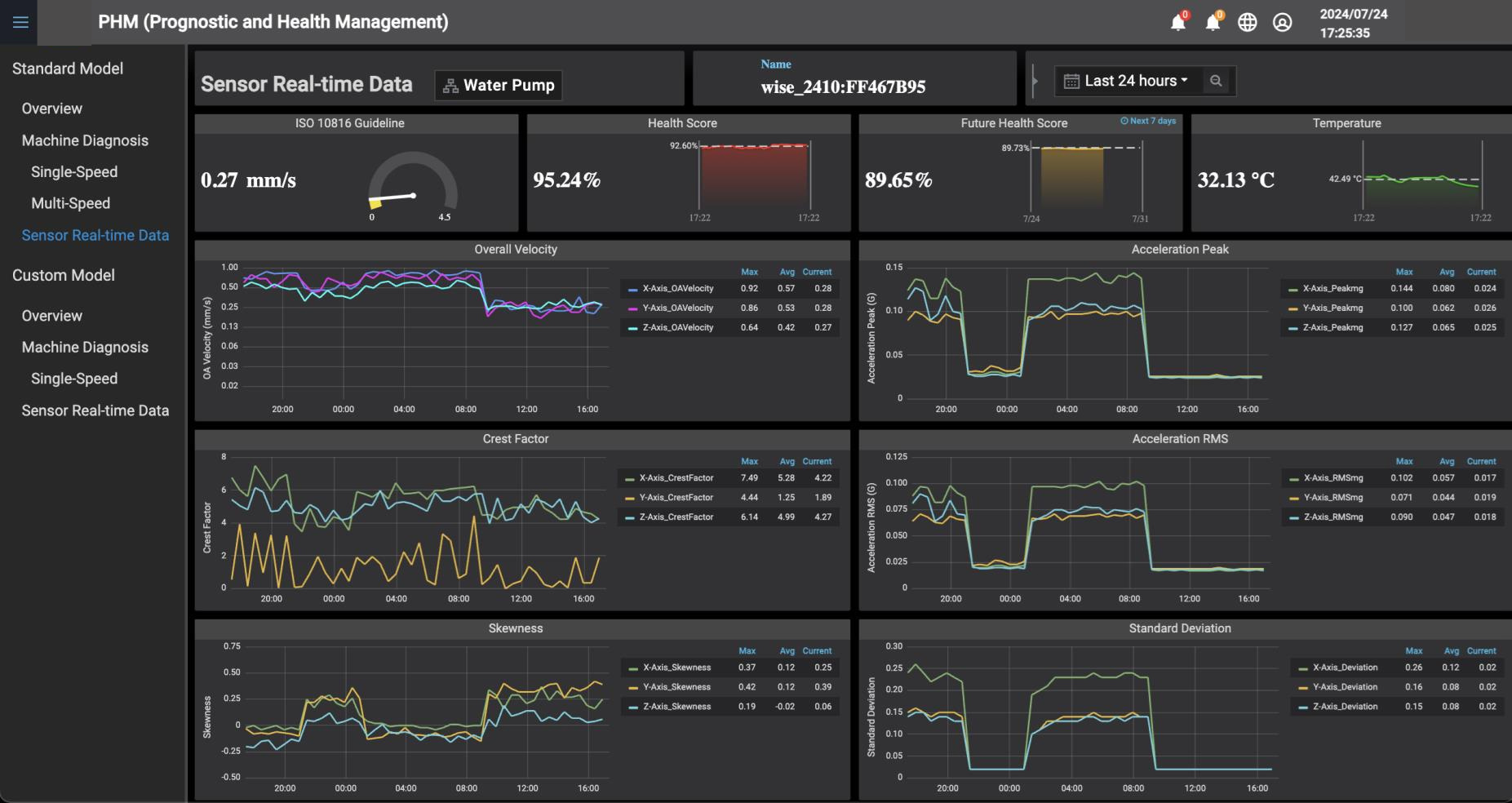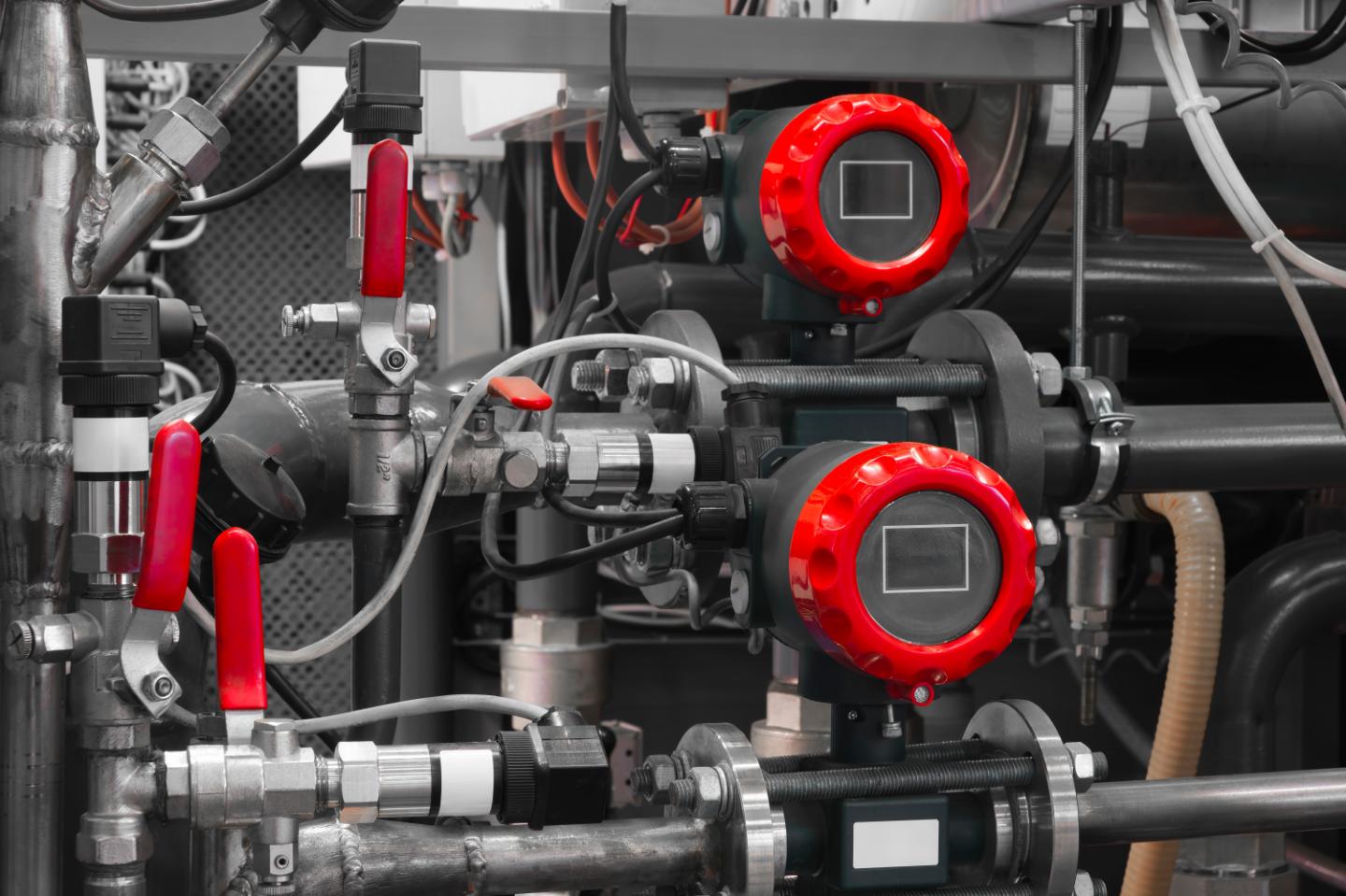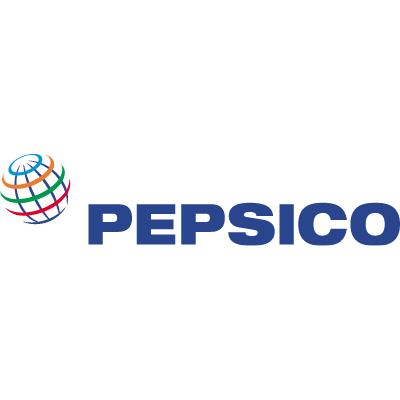We are now experiencing the fourth industrial revolution, and the use of AI for predictive maintenance is a quintessential manifestation of this change. It is also one of the key concepts that can allow manufacturing companies to take advantage of the benefits of this transformation and join the ranks of Industry 4.0!
However, let’s start at the beginning. Industry 4.0 is the concept of the latest step in industrial evolution—the first industrial revolution was mechanization, the second was mass production, and the third was computerization. Now, one might argue that the latest innovations in industry fall under the umbrella of computerization, but most agree that there is a qualitative change from what digitization meant for industry at the turn of this century.
In this new paradigm, physical manufacturing systems connect with digital technologies through the Internet of Things (IoT), artificial intelligence, robotics, and cloud computing. This gives rise to so-called cyber-physical systems, where machines, sensors, computers, and the cloud cooperate, constantly exchanging information. A smart factory is an example of such a system and predictive maintenance is one of its essential components.
Read more on Industrial IoT:
Industrial IoT solutions—5 practical examples
Data acquisition: the backbone of Industry 4.0 in 2025
Edge AI technology: driving Industry 4.0 in 2025
What is a smart factory of the future and how do you create one?
Industrial IoT communication protocols: a comprehensive guide to modern connectivity
Predictive vs. preventive vs. reactive maintenance in manufacturing settings
Traditionally, there have been two approaches to machine maintenance schedules—reactive and preventive. Predictive maintenance systems are a new option made available by the new computerized maintenance management systems of Industry 4.0.
Reactive maintenance
This is the simplest, but probably the worst way of doing things. When something breaks, you fix it. This has the benefit of maintenance only being performed when necessary, avoiding needless repairs, but it comes with a number of downsides. First, it leads to unplanned downtime, as you never know when a device is going to break. Also, if you want to limit the duration of this unplanned downtime, you need to have a maintenance team and all the parts on hand. Furthermore, machines that are close to breaking also tend not to run at full capacity. That’s why reactive maintenance schedules are only used in limited situations—usually, for equipment that is either easily replaceable, extremely reliable, or of minor importance. Preventive and predictive maintenance technologies are the industry standard in most cases.
Preventive maintenance
Preventive maintenance strategies have long been considered best practice in most situations. The idea is to have fixed maintenance schedules, where equipment failure is prevented by maintenance staff carrying out regular checks and performing repairs or replacing parts when they seem to be losing their integrity or following a set maintenance schedule. Such schedules are based on historical data and manufacturer recommendations.
This approach improves asset reliability and helps avoid unplanned downtime. You can optimize maintenance schedules to shut down machines for repair when it’s least inconvenient. You also don’t need to have a stock of parts for unscheduled repairs, as these can be obtained only when scheduled maintenance is upcoming. Preventive maintenance greatly improves operational efficiency compared to reactive repairs and offers the promise of extended equipment life. In most applications, preventive maintenance has long been the industry standard.
It is, however, not without its flaws. The main problem is, of course, over-maintenance—i.e., repairs are performed whether they’re needed or not. This leads to higher labor costs of maintenance personnel, unnecessary equipment downtime, and other associated costs, for example from replacing parts that do not yet need replacing. It should also be noted that preventive maintenance does not guarantee that unpredicted breakdowns and associated problems can be avoided, even if it does lower the risk significantly.
Predictive maintenance
This is where predictive maintenance tools come in. Predictive maintenance programs rely on a combination of machine learning algorithms with historical data, real-time data based on sensor data from continuous monitoring systems, and past maintenance data to predict equipment failures before they happen and schedule maintenance tasks to prevent them.
Thus, both preventive and predictive maintenance strategies allow maintenance teams to optimize maintenance schedules to perform repairs, prevent machine failure, and plan machine downtime for convenient periods to maximize productivity. However, while the former relies on past data and maintenance records to make accurate predictions about maintenance needs, predictive maintenance strategies employ data analysis and use machine learning algorithms to spot early warning signs of equipment failure and provide actionable insights to maintenance teams, who can then plan work accordingly.
Manufacturing predictive maintenance: why it matters
AI driven predictive maintenance strategies are extremely useful for ensuring equipment health and efficient operations in manufacturing settings for a number of reasons.
Cost reduction through optimized timing
Predictive maintenance strategies allow manufacturers to avoid the extremes of traditional maintenance strategies. They can avoid the unpredicted work stoppages and costly emergency repairs of a reactive model and wasteful premature part replacement that inflates preventive maintenance costs. By utilizing continual monitoring systems based on real-time data, predictive maintenance strategies allow companies to make repairs when early warning signs of imminent machine failure are detected. This avoids the high maintenance costs associated with overnight shipping of parts and emergency stops, while at the same time maximizing the productivity of devices by extending the useful lifespan of parts.
Reduced downtime
While predictive maintenance is a form of condition-based maintenance (like the reactive model), data insights and advanced analytics allow for repairs to be performed before actual breakdowns occur, during planned maintenance windows, when it is most convenient to stop a machine without disrupting the production schedule. At the same time, maintenance does not need to be performed if data analytics show there is no imminent risk of failure, thus avoiding a break in production to perform regular maintenance following a predetermined schedule.
Extended equipment lifespan
Spotting the early warning signs of issues with complex equipment and performing necessary repairs in time makes predictive maintenance important for extending equipment lifespan, because it stops minor problems from escalating into major equipment failure.
Improved safety and compliance
Equipment health is also important for maintaining staff safety, as breakdowns and attempts to do on-the-spot fixes can be a cause of workplace accidents. By using predictive analytics to replace aging parts ahead of time, predictive maintenance allows the number of such incidents to be lowered. Keeping equipment well maintained also helps it stay within parameters required by regulatory frameworks.
Enhanced product quality control
Deteriorating equipment is prone to making minor errors before it breaks down completely. These errors can accumulate to create defective products. In contrast, well-maintained machines keeping a high degree of precision are crucial for producing high-quality manufactured goods, reducing the need for post-production quality control and the number of rejected items.
Data-driven decision-making
Aside from predictive maintenance, modern-day predictive models using data analytics and machine learning algorithms also produce a large volume of collected data and developed patterns of failure and efficiency, which can be used to not only predict problems, but also maximize operational efficiency of critical assets. For instance, it is possible to identify the operational parameters of machines that avoid overheating, vibration, etc. and allow for more precise manufacturing while lowering failure rates.
Competitive advantage in Industry 4.0
Overall, asset management based on predictive maintenance allows manufacturers to achieve higher overall equipment effectiveness (OEE), leading to higher-quality manufacturing and greater flexibility in responding to market demands. This is crucial in today’s highly competitive and increasingly automated and interconnected manufacturing industry. Furthermore, predictive maintenance costs are lower than those of the traditional models. Even taking into account the necessary investment in sensors, software, and training, these costs are typically recovered in only a year or two. Lower costs of maintenance lead to lower manufacturing costs, leading to price competitiveness.
AI in predictive maintenance—a level up
AI-powered predictive maintenance is a step up in asset management. In recent years, data scientists have made huge strides in artificial intelligence, and machine learning models have become ever more powerful. The ability of artificial intelligence to analyze data—both to parse new data and new real-time data and to analyze historical data to improve predictive capacity—has been growing, and new AI-powered tools keep popping up. Some of it is just hype, but in the case of AI-powered predictive maintenance, there is real potential.
There are two ways AI-based predictive maintenance can improve upon previous approaches. First, machine learning models can learn from existing data and new data coming from sensors to improve the predictive models’ effectiveness. Second, modern-day artificial intelligence is very good at transforming and visualizing existing data and explaining it in natural language. Thus, an AI-powered predictive maintenance system can create graphs and provide actionable insights to the staff managing manufacturing equipment. With modern machine learning tools, employees do not need to be data scientists themselves to see where and what type of predictive maintenance is needed and how the efficiency of the machinery can be improved.
Predictive maintenance solutions: the PHM system
PHM stands for Prognostic Health Monitoring, and it’s our advanced solution designed to use AI in predictive maintenance in manufacturing. It’s a part of a broader strategy of combining operational technology (OT), such as industrial robots or PLCs, with information technology (IT). PHM connects to a wide range of battery-powered, wireless, noninvasive sensors, such as Advantech’s WISE-2410 and WISE-2460, to track multiaxial vibration and temperature. Machine learning is used to combine this data to build predictive models that enable predictive maintenance, allowing interventions to be based on actual device condition rather than fixed schedules. See Figure 1 below:
Fig. 1 Prognostic Health Monitoring (PHM) system
Key features of the PHM system for predictive maintenance
- Real-time monitoring: Uses battery-powered, wireless sensors to track key metrics like vibration and temperature.
- AI-powered predictive maintenance: Uses machine learning to analyze normal operating patterns and flag any anomalies.
- Automated notifications: Maintenance teams receive alerts, so they can deal with issues before they escalate.
- Cross-system integration: A major obstacle for deploying predictive maintenance and other Industry 4.0 solutions in existing manufacturing setups is that they are often fragmented, with diverse sensor equipment and software platforms. PHM works well across these diverse, fragmented systems.
Benefits for manufacturers
The benefits that manufacturing companies can gain from deploying the PHM solution for predictive maintenance include:
- Minimized downtime: Predictive maintenance is proactive, helping avoid unexpected breakdowns and machine downtime due to repairs, but also minimizes the need for downtime compared to preventive repairs that follow a predetermined schedule.
- Cost efficiency: By reducing the need for both emergency repairs and scheduled maintenance, the system limits maintenance costs and helps to reduce downtime, saving you money.
- Extended equipment lifespan: The system helps optimize maintenance schedules to maintain equipment based on actual wear and usage, allowing machines to run longer at peak performance.
- Improved safety and reliability: Thanks to constant monitoring of sensor data, faults can be identified before they become hazardous.
- Enhanced visibility: Thanks to IT integration, PHM allows data to flow from the factory floor to management systems, displaying information in clear terms (managers don’t have to be data scientists), enabling better decision-making.
Practical impact of AI in predictive maintenance
What this means in practice is that manufacturers can use PHM to spot problems, such as motor wear or unusual pressure levels, days before an actual failure occurs. This makes it possible for maintenance to be scheduled for planned downtime, preventing costly disruptions to production. The system also tracks changes in energy use and raw material costs and how they impact production expenses. These insights are vital for staying competitive in the global marketplace.
Final thoughts
PHM is not just a monitoring tool but a key enabler of digital transformation. By incorporating predictive maintenance into the broader Industry 4.0 framework, it helps manufacturers become more flexible, more efficient, and more resilient. As industrial operations become more complex, solutions like PHM will be crucial for maintaining performance, safety, and profitability.
Manufacturing predictive maintenance—summary
Predictive maintenance is a step up from the traditional reactive and preventive models of maintenance, allowing for repairs to be performed before problems emerge, but only when necessary. This limits downtime and maintenance costs. The use of AI in predictive maintenance also allows for insights into the manufacturing process to be developed based on data analytics and presented to management in a comprehensible form, which opens the way to decisions optimizing the manufacturing process, providing a competitive advantage to manufacturers in the Industry 4.0 market.
Need to cut maintenance costs and boost overall equipment effectiveness (OEE)? Drop us a line at sales@fabrity.pl to see our Factory Health System in action.










